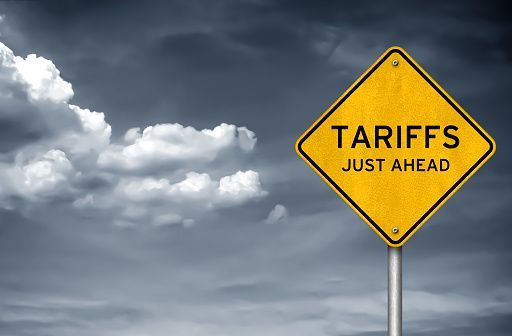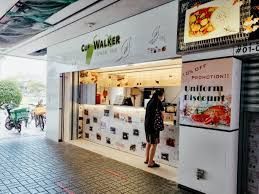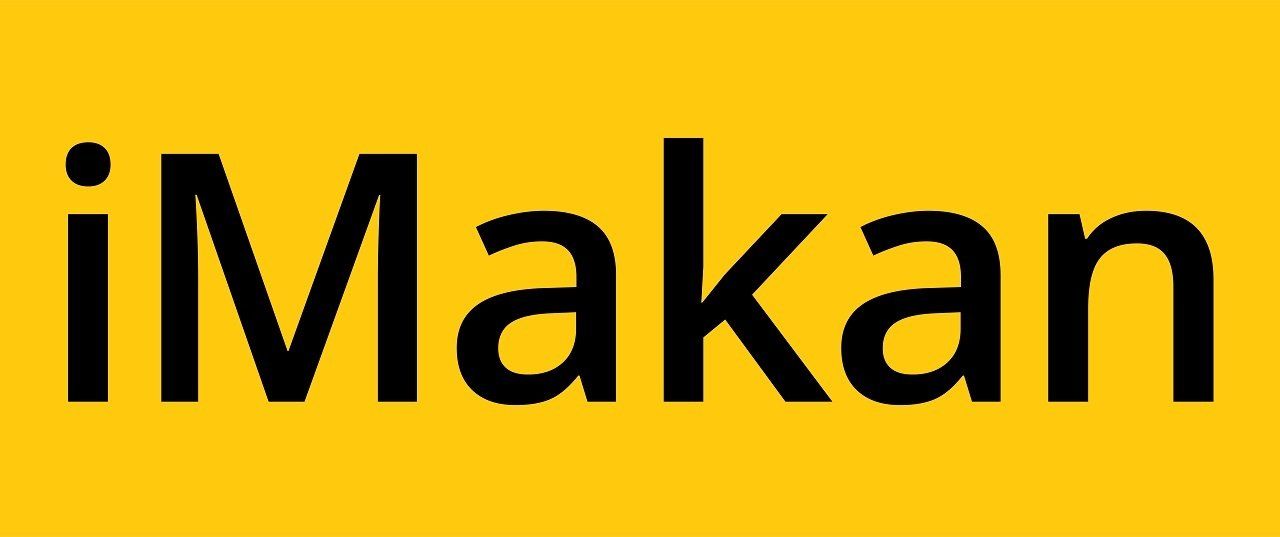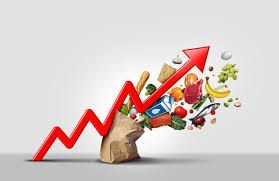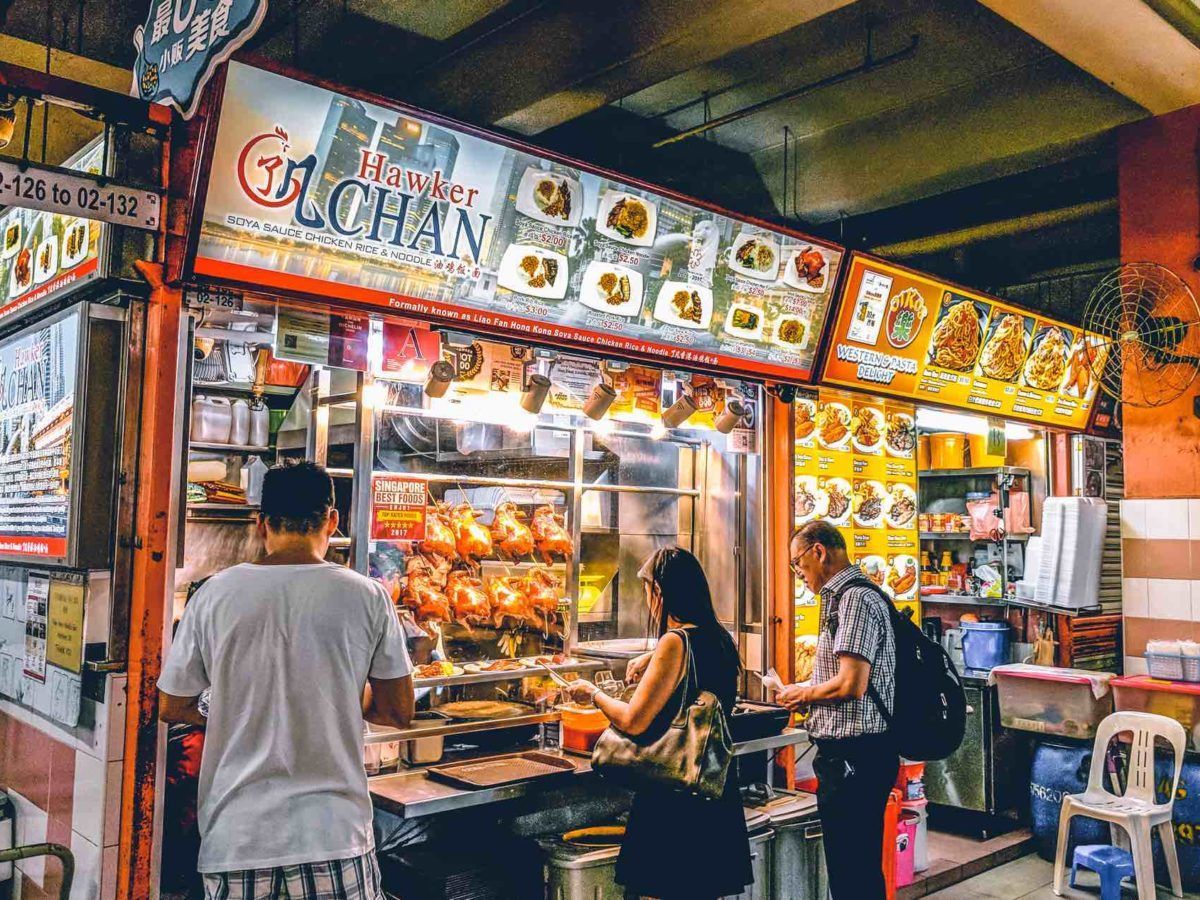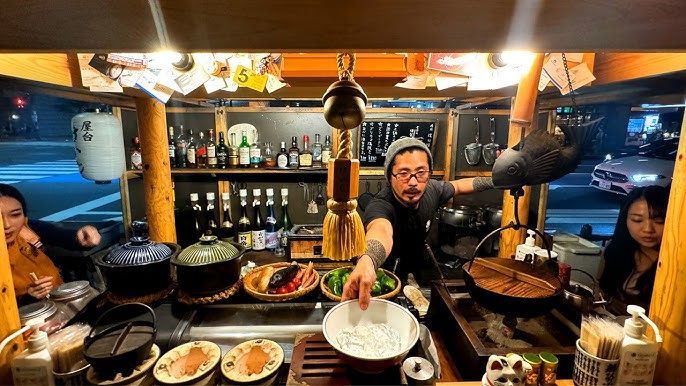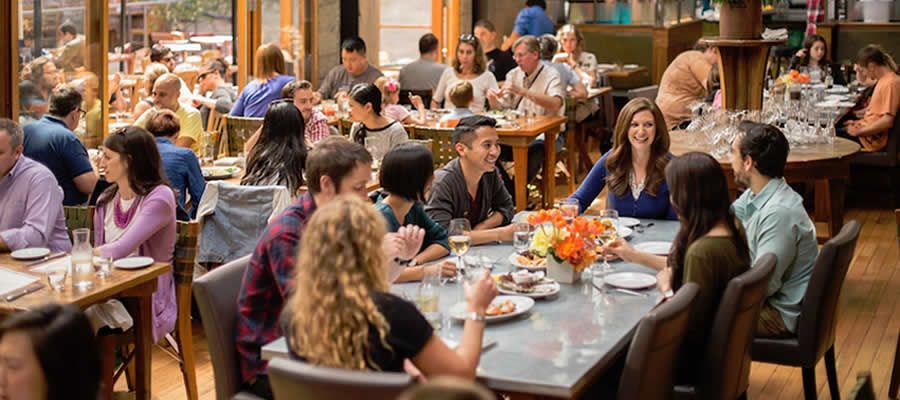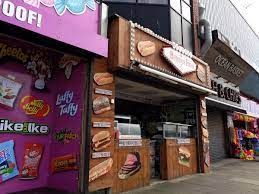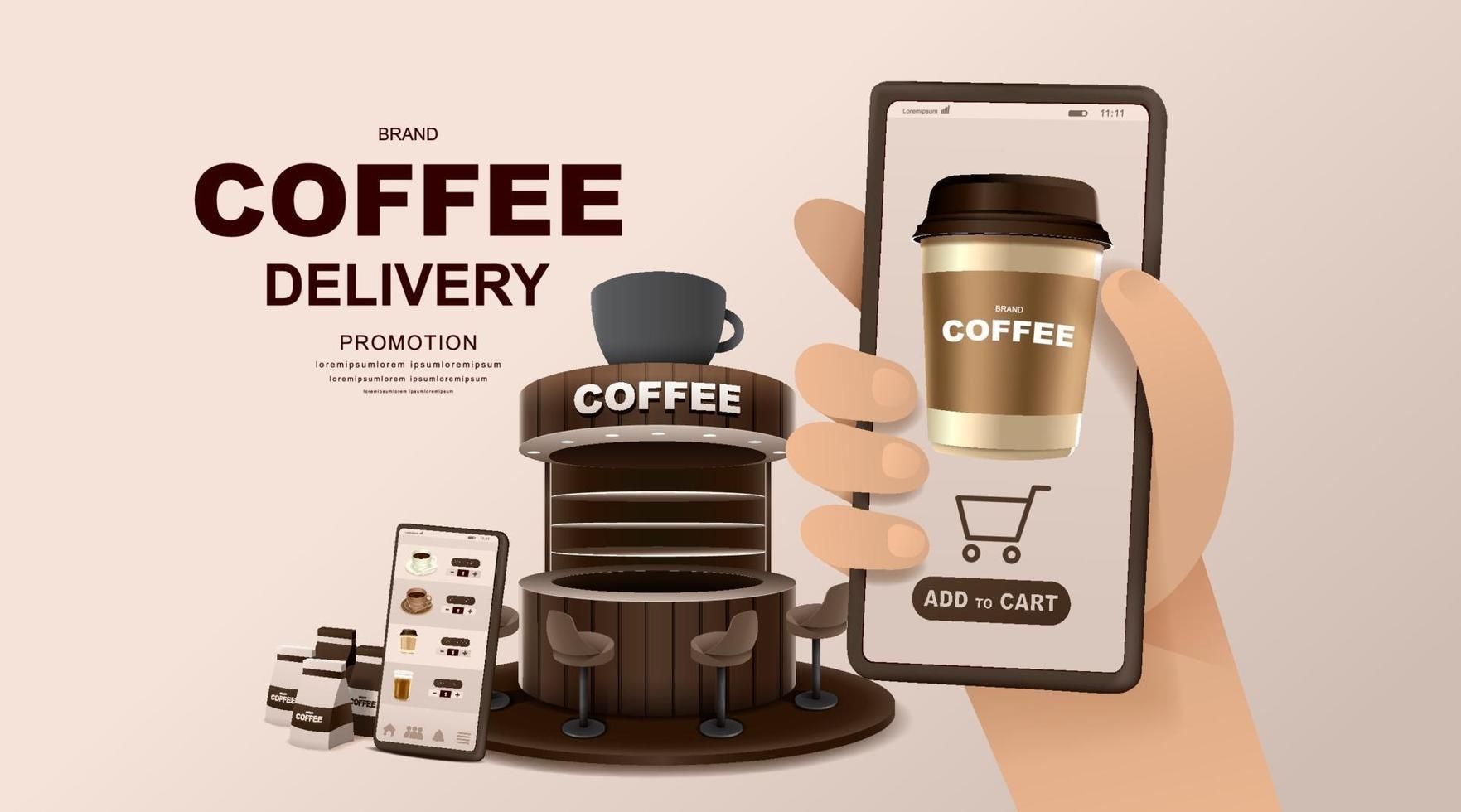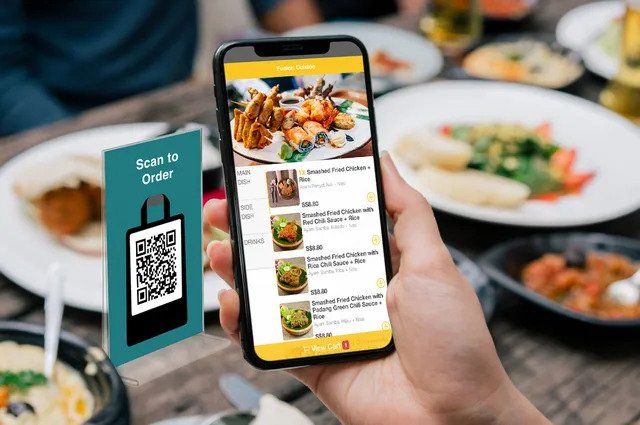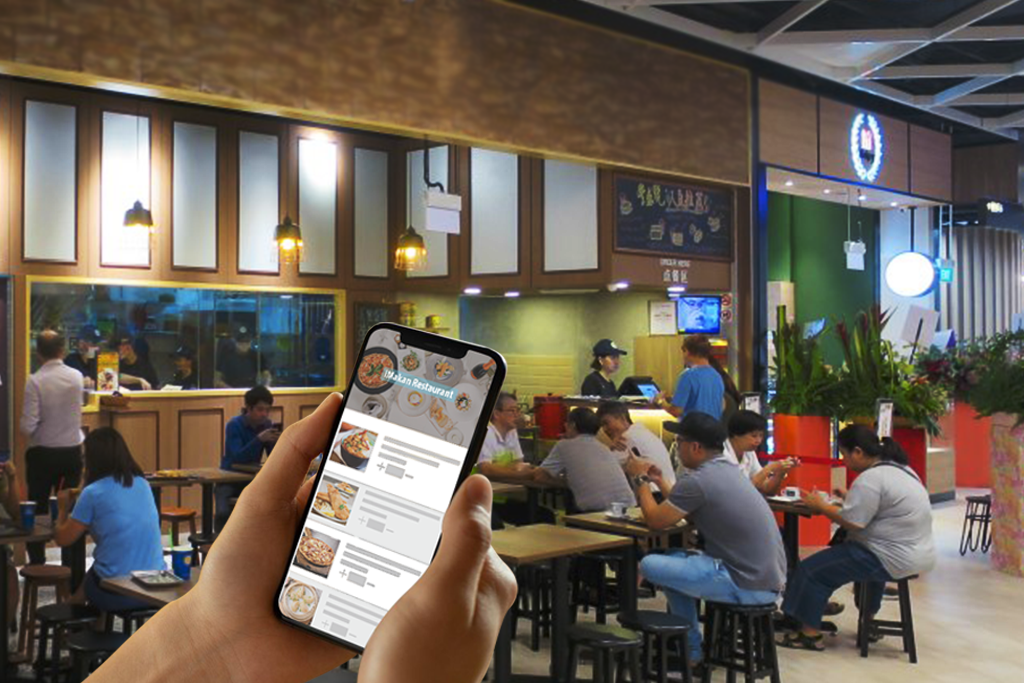
Customer loyalty is important in any type of business, including restaurants. If your customers are one-time visitors, you will eventually run out of customers to visit your restaurant. Hence, having good customer loyalty will get you a steady flow of customers for more predictable revenue and better sustainability.
In order to gauge your restaurant’s customer loyalty, you have to take a look into your customer retention rates.
How to calculate your customer retention rate?
- Select a timeframe(e.g. The month of April 2021)
- Find out the total number of customers you have at (30 April 2021) (E)
- Find out the total number of customers you gained throughout the month of April 2021 (N)
- Find out the number at the start of your time frame (01 April 2021) (S)
- Follow this formula to calculate your customer retention rate: [(E - N) / S] x 100
Example
You start your month of April 2021 With 300 customers and end the month of April 2021 with 280 customers. In the month of April 2021, you gained 90 new customers. Your customer retention rate would be:
[(280 - 90) / 300] * 100 =
63.33%
What is a good customer retention rate for restaurants?
According to Statista, the average retention rate of restaurants worldwide is 55%. That means anything above that percentage, and your customer retention rates are good.
How to improve customer loyalty?
After calculating your customer retention rates, it is important to act on this data. In this article, we will discuss some ways how you can improve your restaurant’s customer loyalty.
Listen to customer feedback
Listening and responding to customer feedback is important as it shows them that you care and that makes them feel more connected to your restaurant brand.
Even if some of your customers are leaving bad reviews, it is important that you reply tactfully, so that they know that their issues are being addressed and that you value them.
This helps your restaurant brand build trust with your customers and trust is what keeps them coming back.
Email Marketing
A perfect example would be Shopee and Lazada, sending you marketing emails and notifications from their apps, so that whenever you are looking to buy something online, you will instinctively head to their ecommerce platforms. You could achieve the same effect with your restaurant too!
If you have a membership programme in place, you should leverage on it to keep your customers coming back. Have a schedule where you send your customers attractive deals in your email newsletter, or new dishes that your restaurant chefs have come up with.
By having a routine schedule of reaching out to your customers through email newsletters, you ensure that your restaurant brand is always on their mind.
Loyalty programme
Most restaurants with great customer loyalty have set up an attractive loyalty programme. The problem with most loyalty programmes is the sign up process. Most restaurants and F&B outlets will have their customers sign up at the counter when placing an order. While this allows your staff the opportunity to explain the benefits of a membership, it slows down order taking.
On top of that, your customers may feel pressured by the long line of waiting customers and may simply reject the membership offer.
If your restaurant is using iMakan's QR ordering system they can sign up to be a member to earn and redeem points by simply filling up their name and contact number just before they send in their orders.
A fuss free and quick membership signup usually encourages customers to sign up for a membership and be a part of your loyalty program.
Good menu design
While a good menu design does not seem directly relatable to improving customer loyalty, it has an impact on customer experience, which in turn, affects customer loyalty.
If your menu is difficult to understand with a complicated ordering process, customers are less likely to return as it contributes to a bad experience.
Having an easy to order menu will not only contribute to a good customer experience, but also encourages your customer to order more. How so? For example, if your restaurant is using iMakan QR ordering, it allows you to attach appetizing images to each menu item and automatic add on suggestions to help your customers to better understand your menu. Coupled with an intuitive interface, your customers ordering process will be fuss free.
Conclusion
It is important boost your customer loyalty as this will contribute to the scalability and sustainability of your restaurant. If you are looking for an ordering solution which facilitates quick and fuss free ordering and member signups, give iMakan QR ordering system a try!
Simply click
here
to arrange a free demo session with us!
